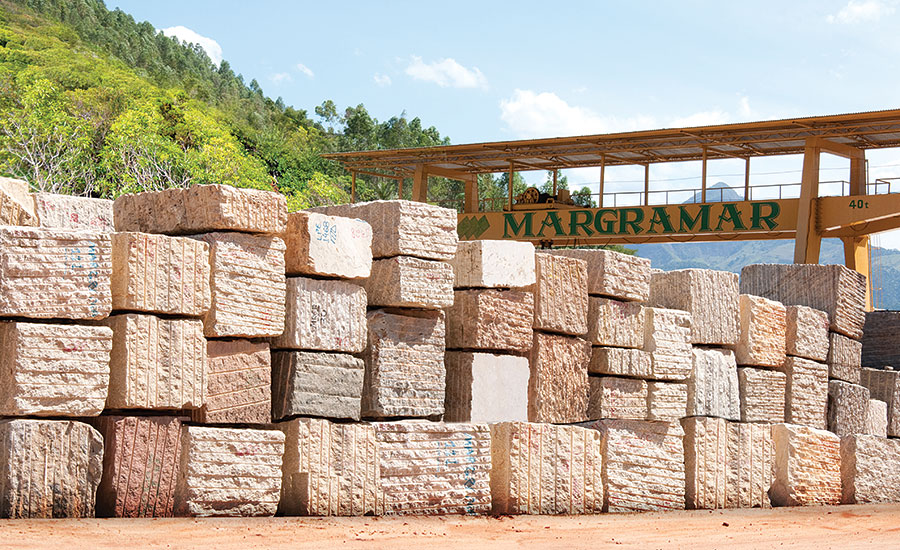Travelling With Granite Quarries in South Africa: A Visual Odyssey
Travelling With Granite Quarries in South Africa: A Visual Odyssey
Blog Article
Uncovering the Rich Background and Sustainable Practices of Granite Quarrying
As we stand on the precipice of uncovering the intricate tapestry of granite quarrying, a journey via time exposes not simply the physical act of removing stone yet also the cultural and historic relevance woven right into the extremely fabric of this practice. From the old origins that laid the structure for contemporary quarrying techniques to the lasting techniques that are shaping the future of this market, each sculpt mark on granite surface areas narrates waiting to be discovered (granite quarries in south africa). The tradition of granite quarrying stretches far beyond mere extraction; it is a testimony to human resourcefulness, durability, and the enduring attraction of this magnificent stone
Old Beginnings of Granite Quarrying
Going back to ancient human beings, the practice of quarrying granite has actually been an essential part of human background and architectural development. The earliest evidence of granite quarrying go back to ancient Egypt, where substantial pyramids and detailed sculptures were crafted from this resilient stone. The Egyptians used primitive tools to extract granite blocks from quarries, showcasing the value of this product in their monumental buildings.
Moving ahead in history, the Greeks likewise made considerable payments to the quarrying of granite. The Greeks used granite in numerous building marvels, such as holy places and statues, demonstrating their skill in shaping and sculpting this durable stone. The Romans further improved the strategies of quarrying granite, using sophisticated devices like blades and hammers to essence and form granite for their renowned frameworks.
Through the centuries, the method of quarrying granite has developed, with modern-day technologies improving performance while preserving the ageless appeal of this all-natural rock - granite quarries in south africa. From ancient civilizations to contemporary home builders, the tradition of granite quarrying remains to shape our world
Evolution of Quarrying Techniques
The evolution of quarrying strategies has been marked by a constant progression in the direction of higher effectiveness and precision in drawing out granite. From the simple approaches utilized by our forefathers to the innovative innovations utilized in contemporary quarrying procedures, the industry has actually gone through substantial developments. Early quarrying strategies included manual labor with fundamental tools such as blades, hammers, and wedges to extract granite blocks from the earth. As people advanced, methods like fire-setting and primitive nitroglycerins were introduced to help with the removal process.
Advancements in computer-controlled tools and 3D modeling have actually enhanced quarrying procedures, leading to very little ecological impact and enhanced sustainability practices. As the need for granite continues to increase, the evolution of quarrying methods stays integral to meeting sector requires efficiently and sustainably.
Social Importance of Granite
Granite holds an extensive social value across different human beings due to its enduring existence in building masterpieces and admired monuments. From the marvelous pyramids of Egypt to the detailed makings of the Angkor Wat temple in Cambodia, granite has been a product of option for sharing grandeur and durability in cultural heritage. In ancient Rome, granite columns decorated view it holy places and public structures, signifying stamina and durability. The social significance of granite extends past its physical qualities; it embodies strength, stability, and timelessness, making it a symbol of sustaining traditions and traditions.

Sustainable Practices in Quarrying
Among the abundant background of granite quarrying and its cultural significance lies an expanding emphasis on sustainable practices within the market. As ecological understanding and problems regarding source exhaustion have actually enhanced around the world, the quarrying industry has significantly embraced lasting methods to minimize its effect on the environment and surrounding areas.

Moreover, recovery and rehab of quarry sites post-extraction are integral more information to sustainable methods. By restoring quarried locations to an all-natural or useful state, such as producing wild animals habitats or leisure areas, quarriers can counter the ecological impact of their operations and add positively to the local environment.
Tradition of Granite Quarrying
With a historical backdrop steeped in workmanship and industrial progress, what enduring effect has granite quarrying left on the landscape of contemporary society? The tradition of granite quarrying transcends mere extraction techniques; it has formed architectural wonders, metropolitan landscapes, and cultural heritage worldwide. The resilient nature of granite has actually made it a recommended selection for monuments, buildings, and facilities, standing as a testament to the skill and virtuosity of quarry workers throughout generations.
In addition, the economic impact of granite quarrying can not be overlooked. The sector continues to offer employment possibility and drive regional economic climates in areas where more granite removal prevails. It has actually also stimulated technological innovations in quarrying techniques and tools, resulting in much more reliable and sustainable practices.
In regards to sustainability, the tradition of granite quarrying consists of efforts to mitigate environmental impacts through recovery tasks and accountable resource administration. By balancing economic passions with environmental stewardship, the industry aims to make sure that future generations can proceed to gain from this enduring natural deposit.
Conclusion

Report this page